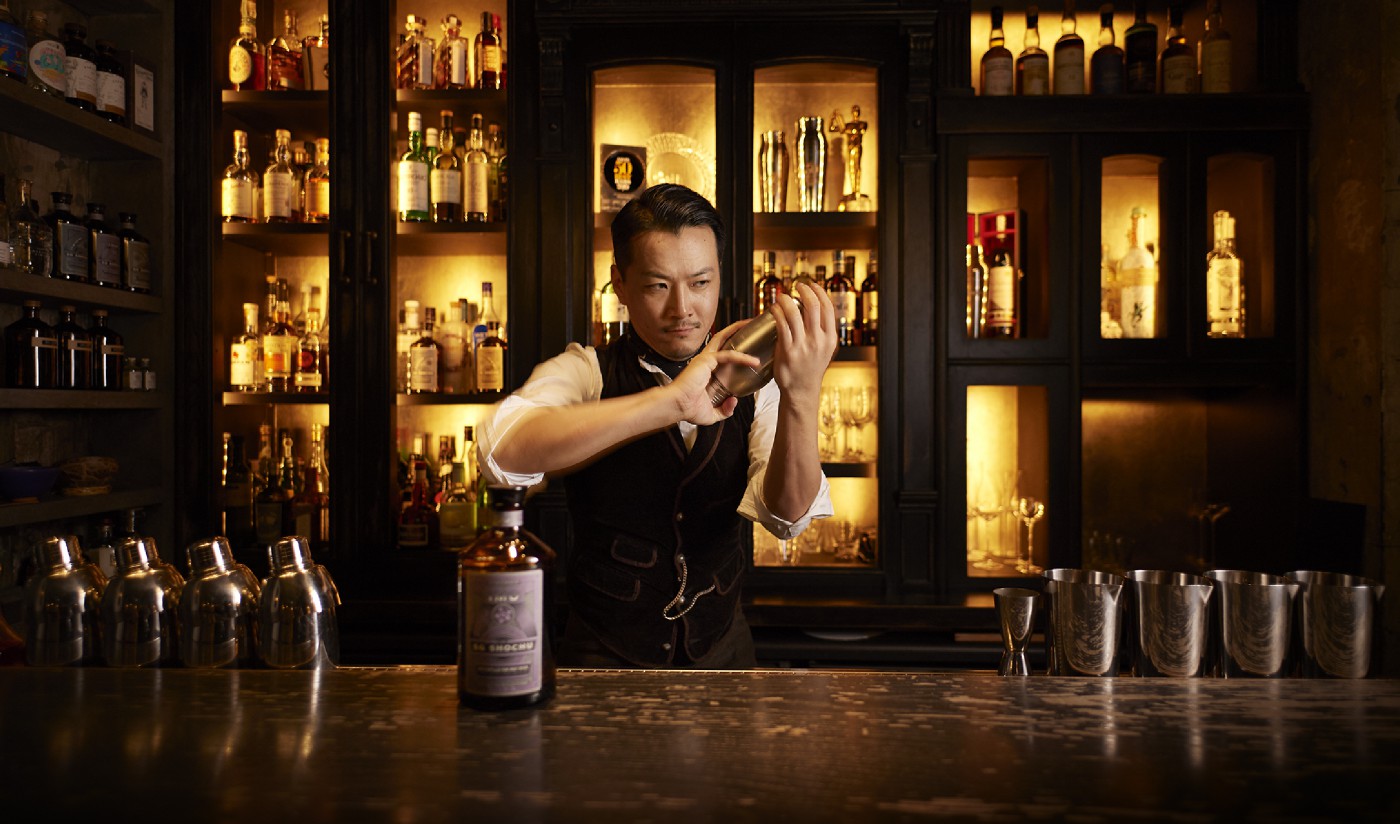Why Shochu?
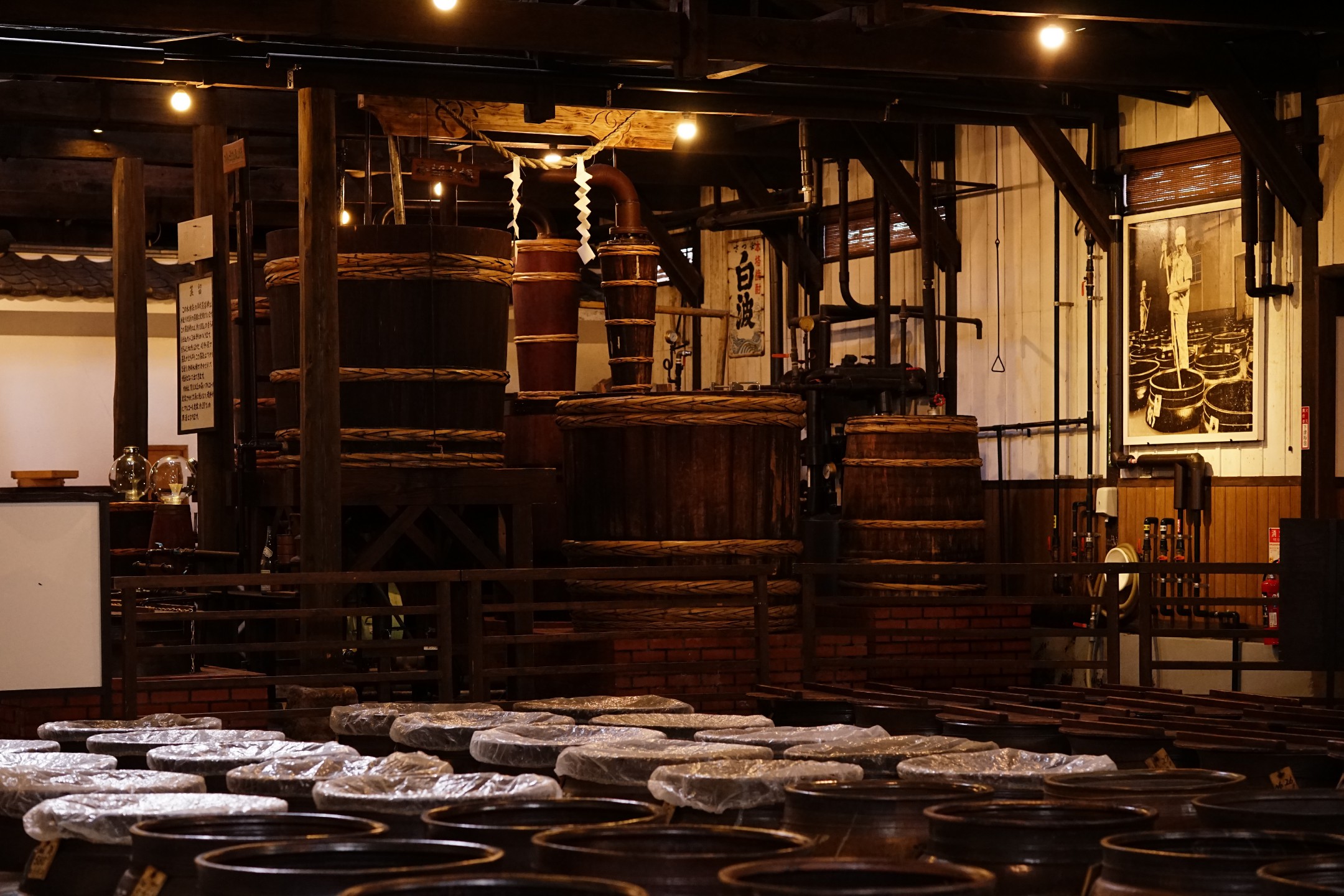
Authentic &
Single-Distilled
In the Spirit of
Authenticity
Honkaku shochu, translated as authentic or artisanal shochu, is a spirit guided by over 500 years of tradition, innovation, and legal distinction.
While a variety of base ingredients are available for use, strict regulations permit no additions to the final distillate except for water--no sugar, coloring, or artificial flavors.
When you drink shochu, the flavor experience is an authentic result of the craftsmanship. Each part of the process, from fermentation, distillation, aging, and blending contribute directly to the final product.
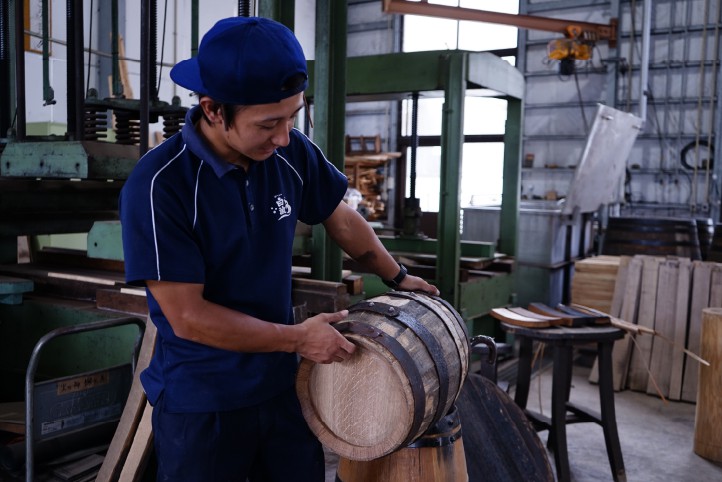
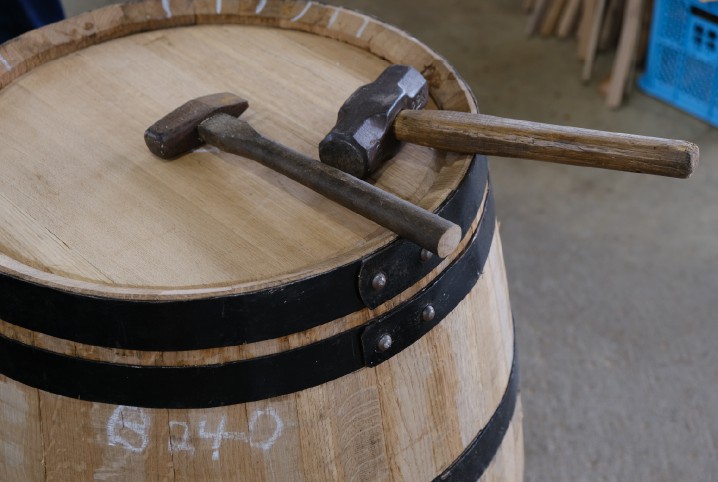
Japanese Craftsmanship
The process of creating shochu, while rich in nuance, is not complicated.
The base ingredient is saccharified with koji--a mold indispensable to Japanese culture--then the mash is fermented and distilled. After usually a brief ageing process, the ABV is adjusted with water, and the spirit is bottled.
However, this simple, honest process heavily reflects on craftsmanship. No matter the scale of production, the condition of the koji must be monitored by an expert to ensure the execution of exacting flavor profiles.
Emphasis on Koji
The Indispensable
Mold

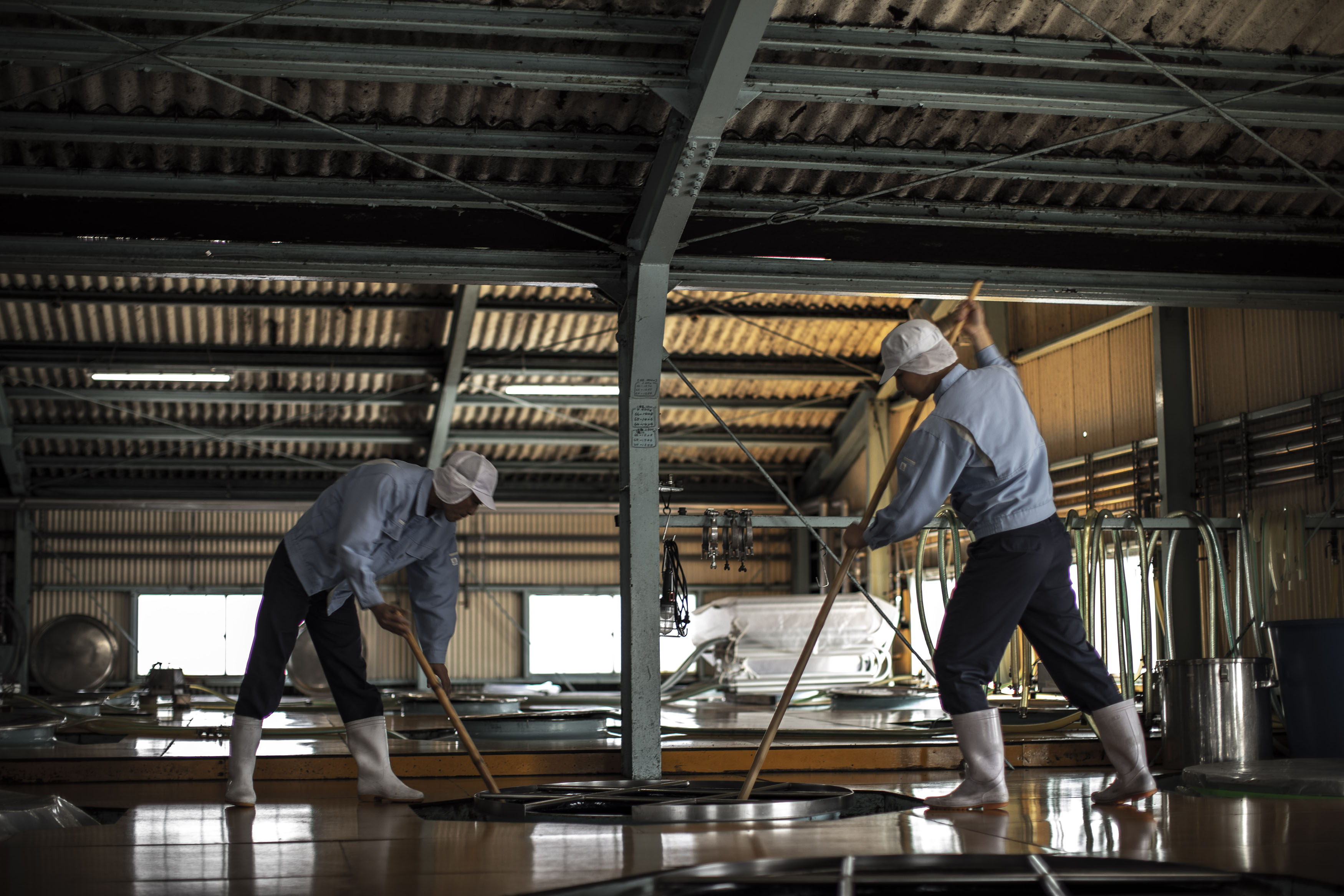
Known as Japan's national mold, koji serves an integral role in Japanese fermentation, with two major functions.
One is saccharification--converting starches into sugars. The other is breaking down proteins into amino acids, unlocking complex flavors.
These functions play out differently in various koji products. In miso and soy sauce for example, the latter function is heavily emphasized to produce intense umami. In shochu, saccharification is the key that ignites the engine of fermentation.
Unlocking
Sugars
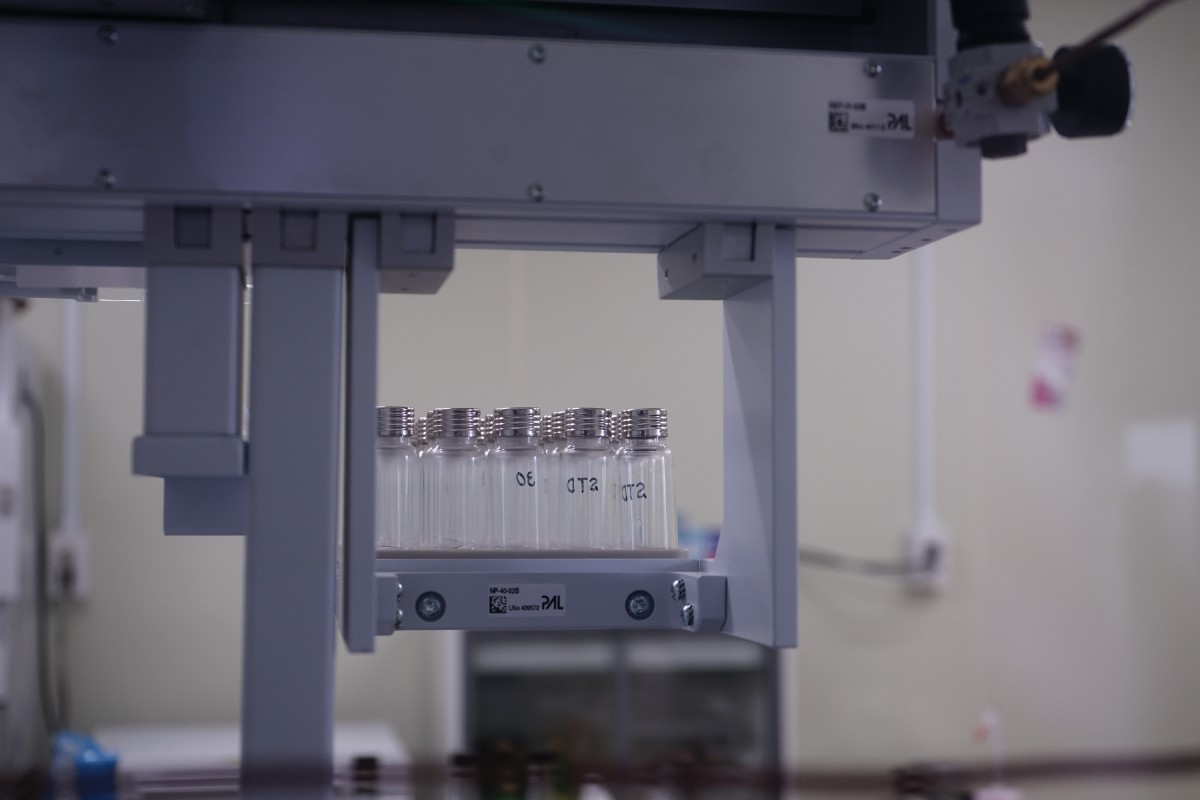
Unlocking
Sugars
Fruit-based alcohols require no saccharification as sugars from the fruits are readily available for fermentation.
However, in certain ingredients, sugars are locked into complex carbohydrates, making them accessible only through a process called saccharification.
Such unlocking of sugars can be achieved through heating (agave spirits), malting (whiskies), or through the use of koji (sake and shochu).
The Magic of
Shochu Fermentation
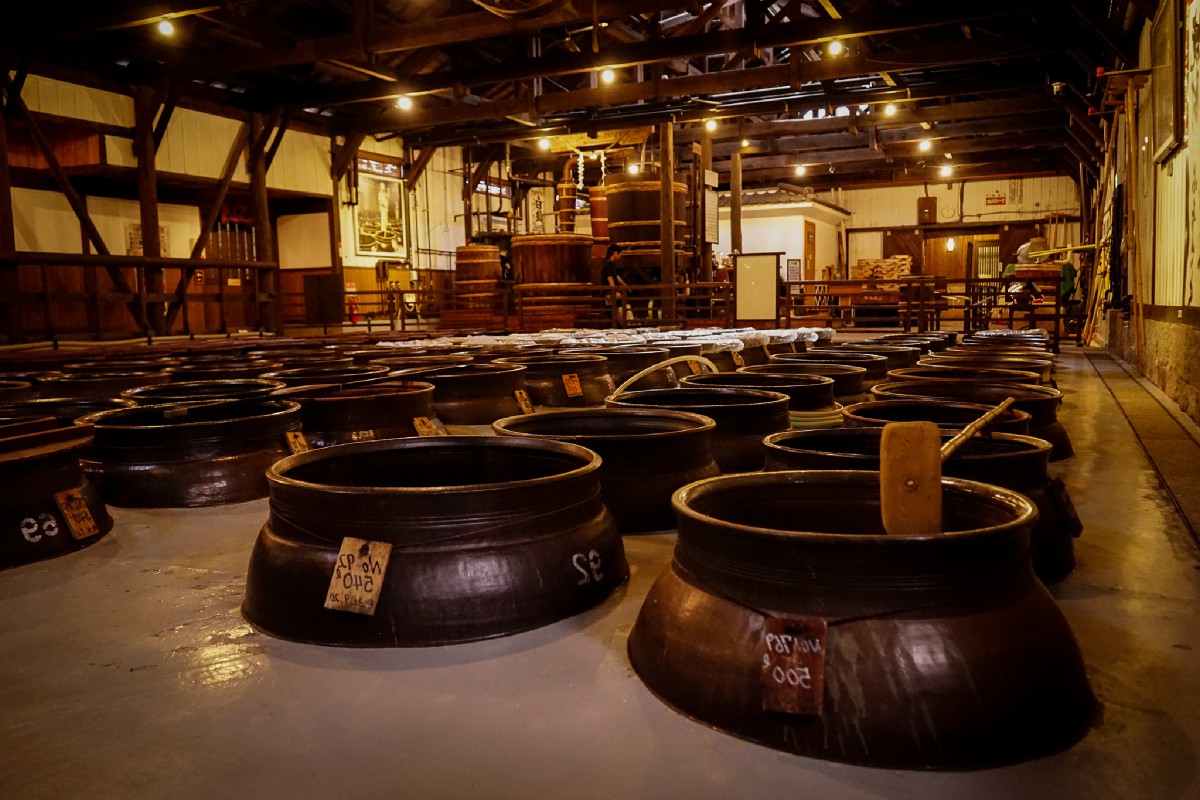
It's common to find the process of saccharification to precede fermentation, as in beer or whiskies.
In the case of shochu, the saccharification and fermentation processes happen simultaneously, in what is known as "multiple-parallel fermentation."
In this process, enzymes produced by the koji slowly break down the carbohydrates into sugars, while the yeasts simultaneously convert the newly available sugars into alcohol.
The result is a longer fermentation, as the conversion of starches into alcohol takes place more gradually. This controls the sugar levels in the mash to a degree tolerable to the yeasts, allowing for them to function more actively for a longer period of time.
Such gradual fermentation not only contributes to a higher mash ABV, but also crucially, the time necessary to develop complex flavor characteristics that define shochu.
It's common to find the process of saccharification to precede fermentation, as in beer or whiskies.
In the case of shochu, the saccharification and fermentation processes happen simultaneously, in what is known as "multiple-parallel fermentation."
In this process, enzymes produced by the koji slowly break down the carbohydrates into sugars, while the yeasts simultaneously convert the newly available sugars into alcohol.
The result is a longer fermentation, as the conversion of starches into alcohol takes place more gradually. This controls the sugar levels in the mash to a degree tolerable to the yeasts, allowing for them to function more actively for a longer period of time.
Such gradual fermentation not only contributes to a higher mash ABV, but also crucially, the time necessary to develop complex flavor characteristics that define shochu.
The Art of Single-Distillation
Capturing
Flavor
Single-distillation is a defining characteristic of artisanal shochu.
As each additional distillation purifies the alcohol and simplifies its character, deep flavors developed during fermentation are best expressed during the first distillation.
The art of single-distillation lies in the distiller's ability to offer maximum flavor while capturing only the desirable traits of the fermentation--a feat that depends on expert judgement
Capturing
Flavor

Versatility vs.
Expressivity
Shochu is characterized by authenticity in flavor.
Historically, as shochu primarily accompanied meals, the flavor characteristics were naturally geared to harmonize with savory cuisine.
By deconstructing the production process and fine-tuning the flavor and finish to the demands of the cocktail landscape, The SG Shochu perfects the balance between versatility and expressivity.
Versatility vs.
Expressivity
